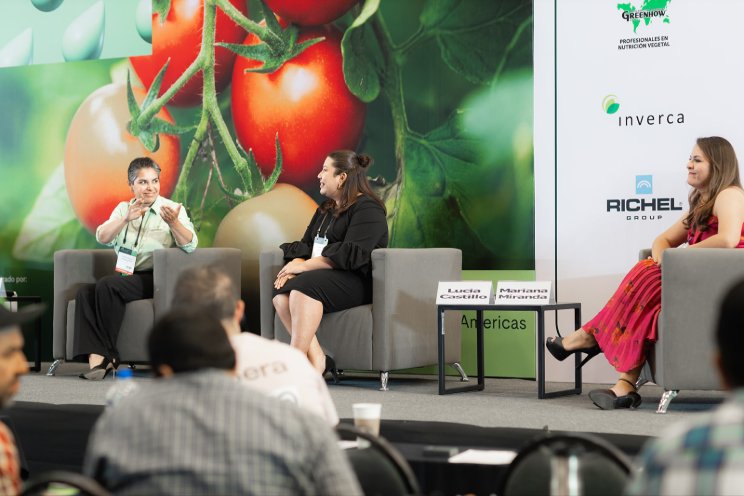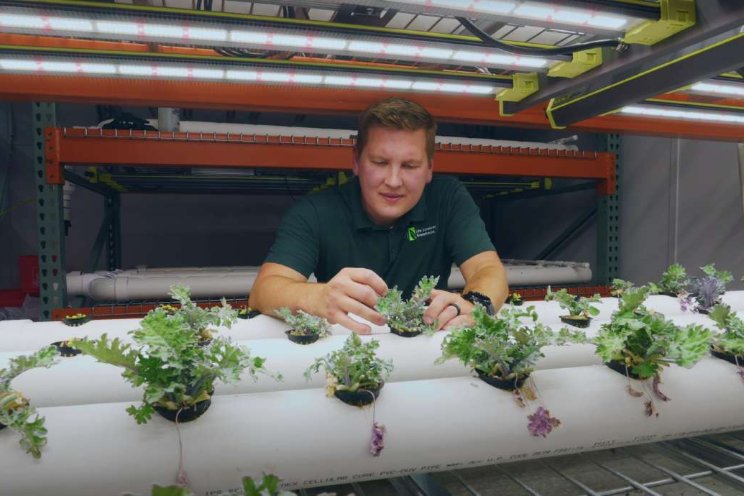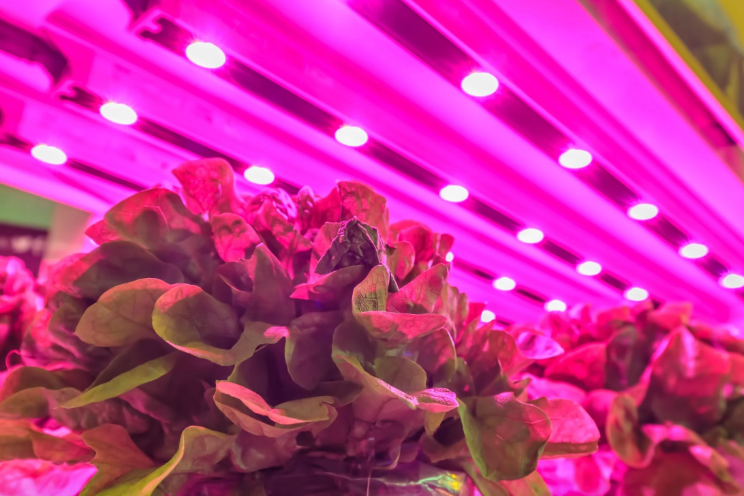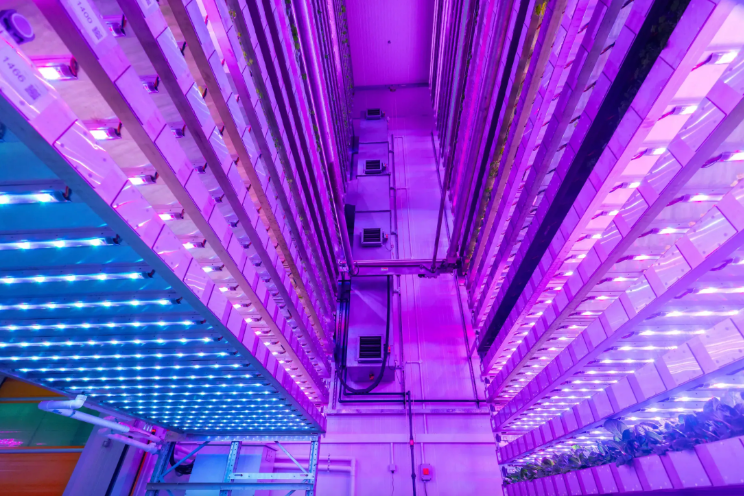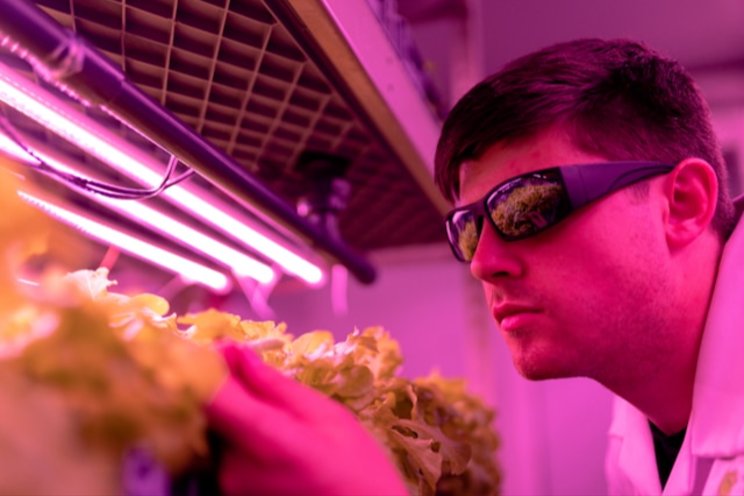How to prevent foliage plant diseases
Added on 19 January 2020

Scout for These Symptoms
The few exceptions to these circumstances include fungi that enjoy higher, tropical temperatures, such as Cercospora, and bacterias such as Erwinia, Pseudomonas, and Xanthomonas. When scouting the greenhouse, watch for the following signs of disease:
- Cercospora: Spots show up starting on the lower/older foliage as a gray spot with a purplish halo. On the underside of the leaf, small black spots (spores) can be seen with a hand lens.
- Erwinia: Unrooted cuttings (URCs) appear with a sudden, soft kink in their stems, normally within 24 to 72 hours of being stuck. The kink has a strong, foul odor (similar to rotting fish), which is a familiar symptom of this bacterial disease.
- Psuedomonas: Black angular spots develop on the foliage.
- Xanthomonas: Shows up as water-soaked, necrotic tissue.
Consider the Season
During the winter, cercospora may seem more prevalent because with shorter days, and often cooler greenhouses, product is delayed in the propagation area. The delay of rooting results in more carbohydrates being consumed within the foliage. Because of the nutritional stress and often excess moisture, cercospora has an increased opportunity to move in.
During the summer, product overheating during shipping or being stored in a warm location for an excessive amount of time increases the likelihood of erwinia infecting product. Psuedomononas is a weak but highly prevalent bacteria on contaminated surfaces. During warm weather, foliage plants with free moisture on their leaves for extended periods of time, product not spread once rooted, and product subject to drought stress and then rehydrated are more prone to pseudomonas outbreaks.
Xanthamonas is a risk throughout the year, as it is often spread by tools not being sanitized between crops, especially electronic trimmers and scissors.
Also, consider if air-layered product is available from the supplier that can be direct stuck into the final container and propagation avoided, especially during winter months when propagation times are longer and more costly.
Irrigate Properly
Utilizing domes over the benches or sectioning greenhouses to maintain a warm humid environment is a far better practice than using only overhead irrigation with foliage. Mist is then used during the hot point of the day to cool back down the crop and prevent wilting, if it is needed at all. Although many foliage products do just fine with overhead irrigation, cutting it as quickly as the plant allows is paramount in preventing disease.
Take Preventative Action
Implementing measures to prevent foliage plant diseases before they become a problem is always preferable to dealing with crop losses. Both chemical and physiological measures can help keep things under control.
Chemical
Growers can use a preventative fungicidal program focused on cercospora. Some labeled chemicals include Daconil, Clearys 3336, Medallion, Heritage, Dithane, and Spectro 90. A few of these used in rotation will help prevent disease, but always trial these chemicals in your greenhouse conditions to ensure no phytotoxicity occurs.
A preventative broad-spectrum bactericidal program including coppers, quaternary ammonias, streptomycin, peroxides, and biologicals can also be used, but again, always trial new chemistries in your conditions.
Physiological
Chemical prevention is helpful, but often not necessary if proper conditions are maintained. The key is to not delay rooting on foliage/tropical items and get them moving out of mist as soon as possible. To accomplish this, do the following:
- Maintain proper soil temps of approximately 68°F to 74°F.
- Maintain low light levels (under 2,000 footcandles) in propagation and low air movement. This allows the grower to propagate with little to no free moisture on the foliage a majority of each day while establishing the URCs.
- Free moisture grows bacteria (especially for long periods such as at night). Mist as little as possible, just enough to avoid wilt, and cut/stop mist as early as possible (often plants at callus in low light only need moist soil to finish rooting).
- Avoid drought and nutritional stress (low light levels help prevent the need for excessive mist and help burn less carbohydrates in the URC. These carbs are needed to form callus and push roots.)
- Always plant URCs right away, but if storage is needed, store at 60°F to slow bacterial growth on waiting material.
Another reason to avoid excessive mist is because the foliage is being leached of nutrients, making the product more prone to infection. Misting frequently constantly cools the soil to the temperature of the water, which often delays rooting by dropping the soil temperature.
Beyond Propagation
Increasing light levels, air movement, and only watering the soil will pretty much prevent any further disease issues, as the foliage of tropical plants in general is pretty hardy to disease compared with many other classes of plants. Extremes in propagation push tropicals to their limits, but propagating using relative humidity and moist/warm soil, instead of free moisture from mist nozzles, helps to make it through that period in the production cycle with better success.
Click here for more information.
Photo courtesy of ForemostCo.
Source: Greenhouse Grower
More news


